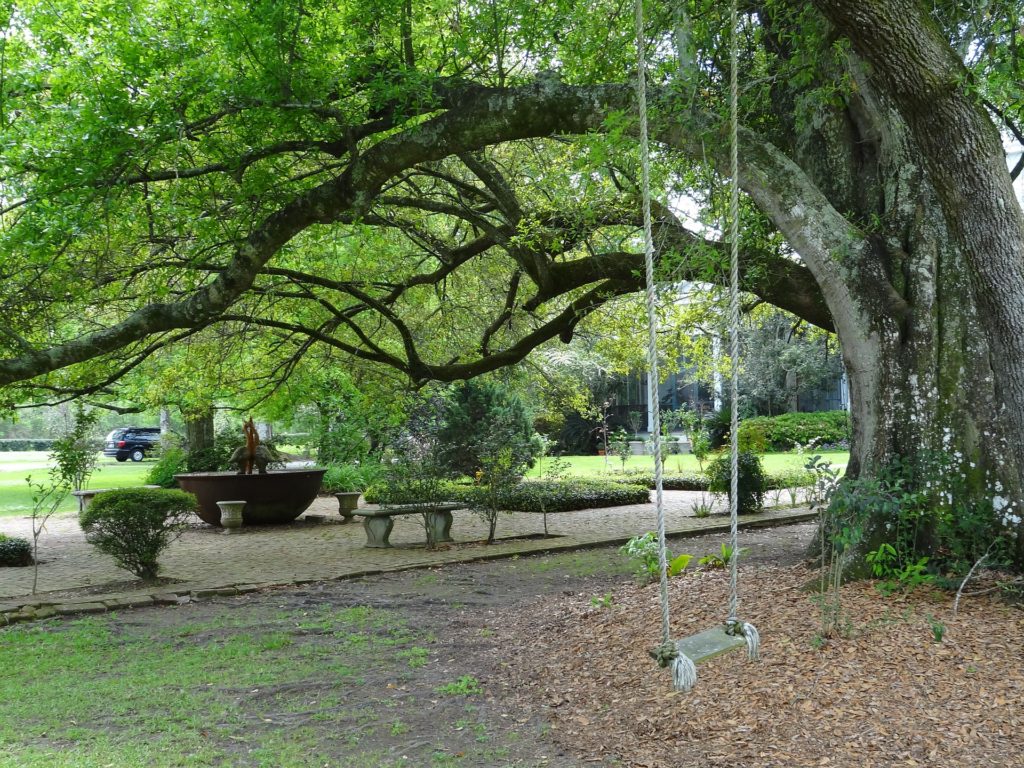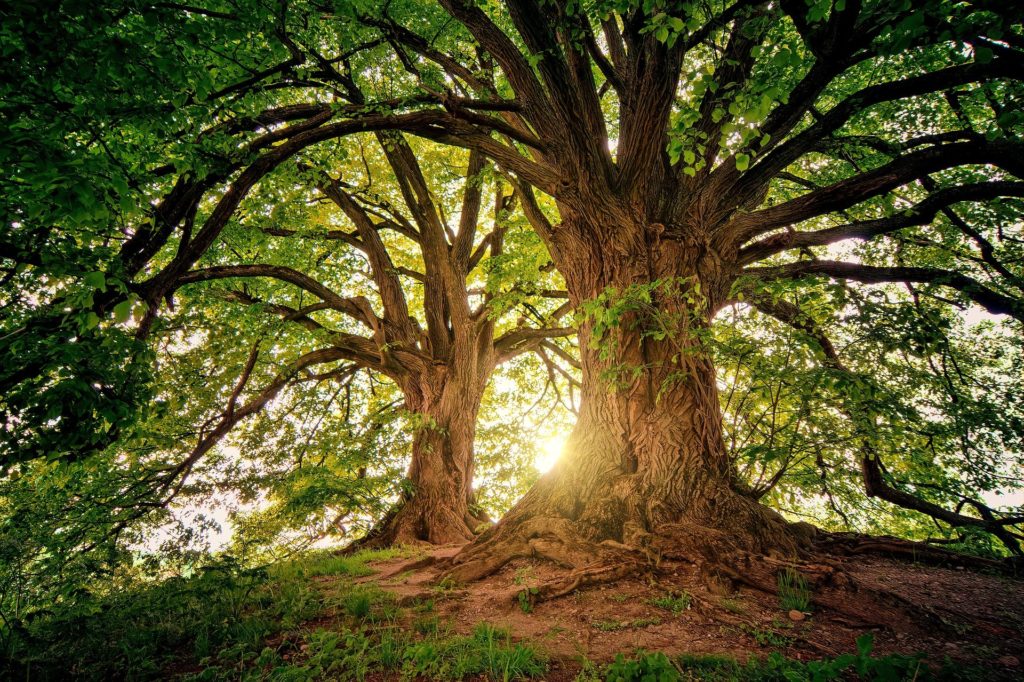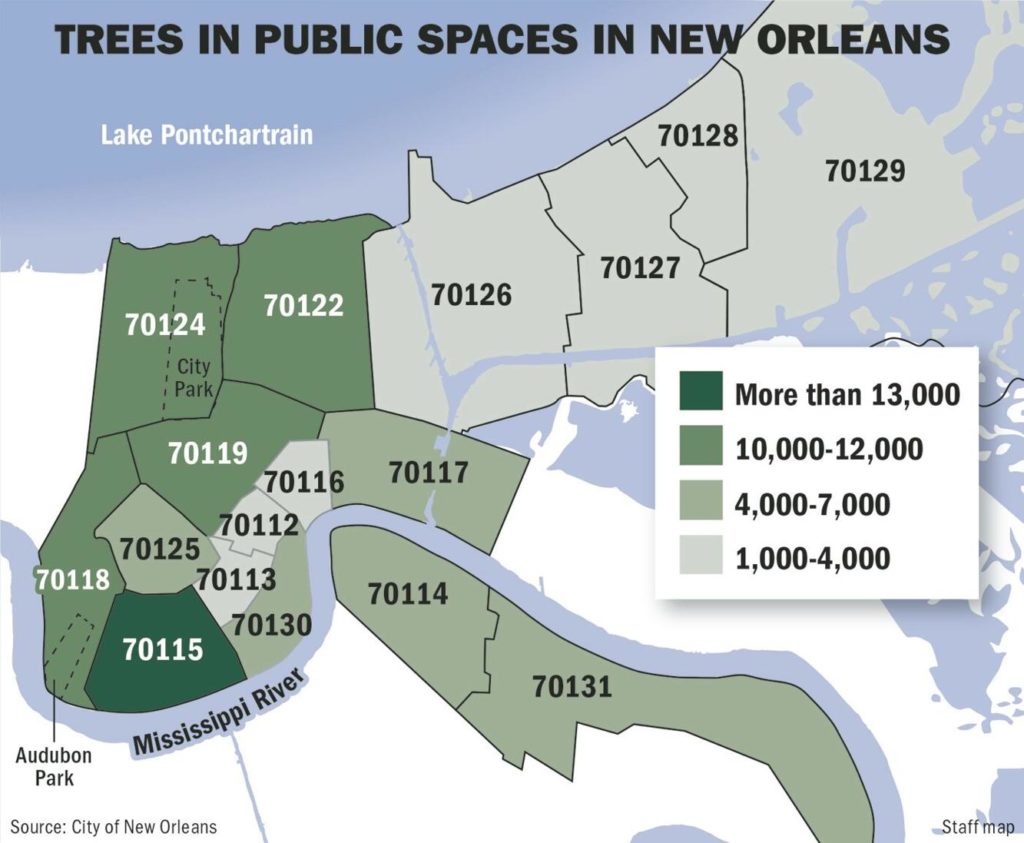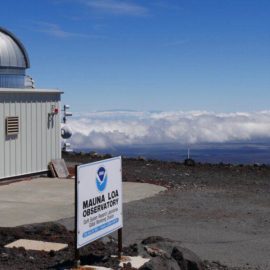
New Orleans has trees. I have planted some on my street but, now, more will be added all over the city.
Walking along Nunez Street, Old Algiers native Alex Dunn Sr., 65, waves his hand toward nearby rooftops. “When I was young, that would all be trees,” he said, recalling how leafy giants once towered above and between houses. There are still trees in Old Algiers. But as in much of New Orleans, Hurricane Katrina’s vicious winds and prolonged flooding laid much of its canopy to rest. About 100,000 trees were lost citywide, earning New Orleans a spot among the nation’s most deforested cities. Under then-Mayor Mitch Landrieu, City Hall in 2010 set an ambitious goal in its master plan to increase the tree canopy to cover 50% of the city by 2030. Now, 11 years later, city officials have taken the next step, signing an agreement last week with a local environmental nonprofit to develop a $140,000 reforestation plan. Founded by Susannah Burley, Sustaining Our Urban Landscape, or SOUL has led volunteer plantings in several neighborhoods since 2016, including one that added almost 900 trees in Old Algiers. Next, it will plot the city’s plans toward reestablishing the canopy. “The clock is ticking: 2030 is nine years away, and there’s a lot of work to be done to achieve different milestones from the master plan,” said Susannah Burley, founder of Sustaining Our Urban Landscape, or SOUL. “The vision is set, but now we need concrete steps in how to achieve it.”
nola.com
We have rising temperatures, more rain and trees provide shade and help break up and absorb the rain. More is better in this case. Additionally they reduce greenhouse gasses.
Before his retirement, Dunn tended to see more of the downside. He spent decades working for utility companies, including Entergy Louisiana. His focus: “Keep the lights on, and the gas flowing.” And trees, well, they complicated matters that goal. Branches draped over powerlines threatened the stable delivery of electricity to customers – and the company’s bottom line. “Trees and powerlines weren’t always the best of friends,” said Dunn, who for much of his adult life considered tall oak trees beautiful but problematic. “I only knew one side of the story.”


After a meeting with Burley, one benefit opened his eyes: flood reduction. New Orleans uses a system of expensive and not always reliable drainage pumps to keep flooding at bay, but trees make for a green infrastructure solution. Adult live oaks can drink 50 to 200 gallons of water per day, adult cypress as much as 880 gallons. And in a sinking city, tree roots can slow subsidence.

This was a revolution to Dunn who then started planting trees rather than complaining about them. He went door to door asking for permission to plant them in other peoples land. They carried water to keep the saplings alive. Dunn called it a “monumental effort”.
“It’s something that the entire community can appreciate for generations to come,” he said, looking at the now three-year-old trees lining Nunez Street.
New Orleans, like other urban areas, experiences “heat islands” where pockets of land absorb heat and become hotter than the surrounding area. Trees help break up these “heat Islands”.
Julia Kumari Drapkin, director of Gulf Coast-oriented environmental nonprofit ISeeChange, says strategic use of trees is one of the most important ways to mitigate extreme heat. “Unlike flooding, which is immediate and very visible, heat is more of a feeling,” she said. “Planting trees is one of the things that cities have at their disposal.” During the day, large shade trees cool temperatures in a neighborhood. At night, though, Drapkin said those same trees can lock in rising heat, keeping it close to the ground. That shouldn’t keep people from planting trees, she said, “but plant the right kind of trees for the right reasons.” Oak trees “are an amazing water sponge, but they may not be maximizing breezes,” she said, pointing to cypress or pine as alternatives in some cases. “Not all trees are the same, and not all neighborhoods are the same either.”
Members of the City Council agree and support this effort.
When it comes to issues as daunting as climate change, City Councilwoman Kristen Gisleson Palmer said tree planting is a way to show what’s possible. “Sometimes the issues seem so huge and gigantic,” she said. “Tree planting is a way of not feeling hopeless and helpless, and seeing immediate impacts from their work.” Since Katrina, several environmental nonprofits have worked with City Hall to replant public green spaces and organize free tree giveaways. But in some ways, they’ve been working in the dark. “There’s no strategy for reforesting the city right now,” Burley said. “But an urban forest is the collection of trees in a city, so you’ve got to talk about the public trees and the private trees,” Burley said. The vast majority of New Orleans’ trees stand on private land, yet no one really knows the extent. “There’s no baseline for a tree canopy in this city,” she said.
A 2019 tree inventory conducted by the Department of Parks and Parkways found 104,000 trees on public property. Those people have in their person yards are not included in this total.

Since there is no base line, the first step is to do an inventory that will include both the public land as well as the trees people have in their yards. So my crepe myrtles will be counted.
“We can already see that there’s a huge disparity that exists across the city for a variety of reasons,” said Andrew Brenner, a senior program manager with NV5 Global. “We now know where the canopy is, so we automatically also know where the canopy isn’t.” The results of the inventory will help Burley and city officials determine whether covering half the city with trees by 2030 is possible. A U.S. Forest Service study estimated trees covered 23.3% of New Orleans in 2009, four years after Katrina. “We’ve got to assess where we are, figure out if the goal needs to be shifted and then strategize how to get to this goal,” Burley said.
Many cities have made efforts to increase their tree canopies with some desiring to double it, according to a 2014 report by Vibrant Cities Lab, a national urban forest collaborative. Atlanta has about 47% cover and Burley considers this as models for policy changes and hopes property owners will join in planting trees.
SOUL’s reforestation plan will provide a road map for where to focus planting efforts in New Orleans. Ultimately, tree advocates want an umbrella of big trees to cover half the city, sucking up water. “With that umbrella, you are capturing stormwater before it even hits the ground,” Burley said. “You’re not just changing the look and feel of the neighborhood, but you’re changing the hydraulics of the neighborhood.” SOUL has already worked with City Hall to make it easier to plant clusters of trees in willing neighborhoods. Rather than having residents opt in to plantings, the nonprofit now offers residents the chance to opt out, shortening the approval process. In Old Algiers, Dunn said some residents initially voiced concerns about trees growing in front of their yards but signed on nevertheless. Once the trees were planted, he said, those complaints evaporated. SOUL estimated that 80% of residents ultimately agreed to having trees planted on right-of-ways near their homes.
There is no city monies involved, SOUL is hoping for donations to cover their work and they are paying for all the trees they plant. They hope for a “mitigation” fund where if I cut down a tree I either have to replace it or pay into a fund for funding SOUL.
“I would hope that the city would create such a fund to help their partners like SOUL supplement some of their funding,” she said. The nonprofit plans to hold public meetings across New Orleans and complete the reforestation plan over the 1½ years. “I think we should dream big because our city deserves it,” Burley said. “But we should also create a strategy that we can realistically implement.”
I plant them because I like them but my choice helps all. This is the City’s agreement with SOUL.



